Increased Defense Budgets
The rising defense budgets across various nations appear to be a primary driver for the Defense Aircraft Aviation Fuel Market. Countries are allocating more resources to enhance their military capabilities, which includes upgrading their aircraft fleets. For instance, the United States has consistently increased its defense spending, which has a direct correlation with the demand for aviation fuel. In 2025, defense budgets are projected to reach unprecedented levels, potentially exceeding 2 trillion USD globally. This surge in funding is likely to stimulate procurement of advanced military aircraft, thereby increasing the consumption of aviation fuel. As nations prioritize national security, the Defense Aircraft Aviation Fuel Market is expected to experience robust growth, driven by the need to support these enhanced military operations.
Emerging Markets and Defense Modernization
Emerging markets are increasingly investing in defense modernization, which is a crucial driver for the Defense Aircraft Aviation Fuel Market. Countries in regions such as Asia and the Middle East are expanding their military capabilities, often through the acquisition of new aircraft. This modernization trend is expected to lead to a significant increase in aviation fuel demand. For instance, nations like India and Saudi Arabia are ramping up their defense spending, with projections indicating a compound annual growth rate of over 5% in defense expenditures. As these countries enhance their air force capabilities, the need for aviation fuel will likely rise, thereby propelling the growth of the Defense Aircraft Aviation Fuel Market in these regions.
Geopolitical Tensions and Military Readiness
Geopolitical tensions continue to drive the demand for military readiness, which in turn impacts the Defense Aircraft Aviation Fuel Market. Nations facing potential threats are compelled to maintain a state of readiness, necessitating increased flight operations and training exercises. For instance, the ongoing tensions in Eastern Europe and the South China Sea have prompted countries to bolster their military presence, leading to higher fuel consumption. In 2025, military operations are projected to increase, resulting in a corresponding rise in demand for aviation fuel. This heightened state of alertness among nations is likely to sustain the growth of the Defense Aircraft Aviation Fuel Market, as military forces require reliable fuel supplies to ensure operational effectiveness.
Technological Innovations in Fuel Efficiency
Technological advancements in fuel efficiency are significantly influencing the Defense Aircraft Aviation Fuel Market. Innovations such as advanced engine designs and alternative fuel sources are being developed to reduce fuel consumption and emissions. For example, the introduction of more efficient turbofan engines has been shown to improve fuel efficiency by up to 15%. This not only lowers operational costs for military operations but also aligns with sustainability goals. As defense contractors invest in research and development, the market for aviation fuel is likely to evolve, with a growing emphasis on fuels that support these new technologies. The integration of these innovations is expected to reshape the Defense Aircraft Aviation Fuel Market, making it more competitive and environmentally friendly.
Environmental Regulations and Sustainable Fuels
The increasing emphasis on environmental regulations is shaping the Defense Aircraft Aviation Fuel Market. Governments are implementing stricter emissions standards, prompting military organizations to explore sustainable fuel alternatives. The development of biofuels and synthetic fuels is gaining traction as a means to comply with these regulations while maintaining operational efficiency. In 2025, it is anticipated that a significant portion of military aviation fuel will be derived from sustainable sources, potentially reaching 30%. This shift not only addresses environmental concerns but also enhances energy security. As defense forces adapt to these regulatory changes, the Defense Aircraft Aviation Fuel Market is likely to witness a transformation, with a growing focus on sustainable fuel solutions.


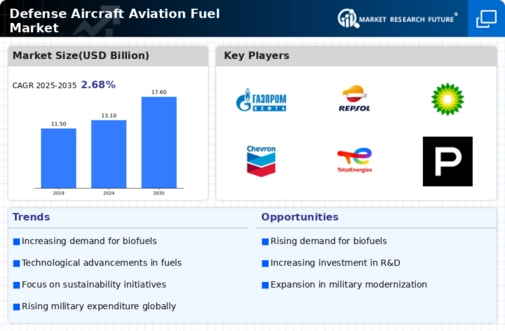
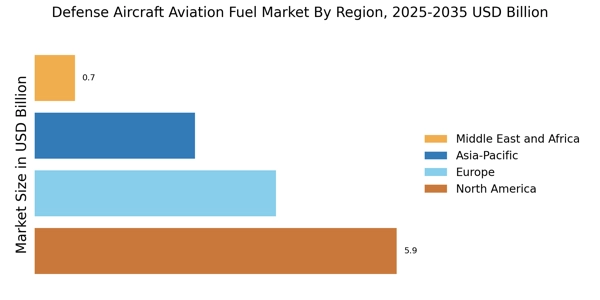
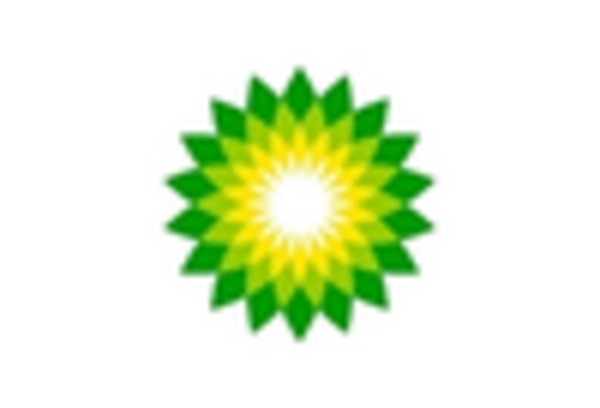
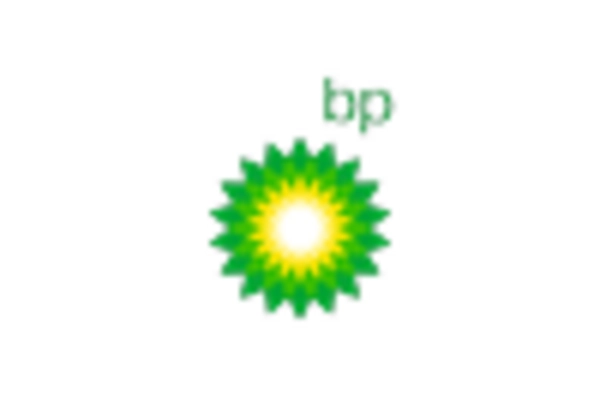
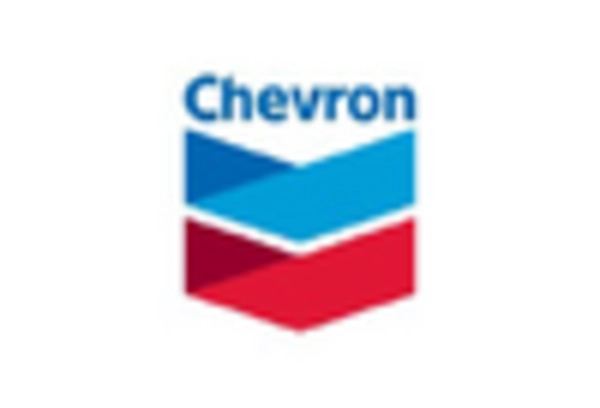

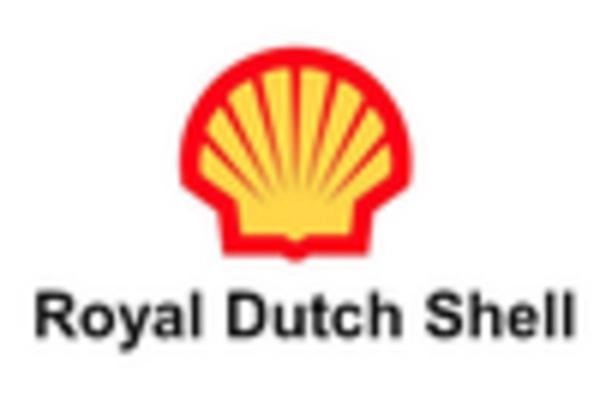









Leave a Comment